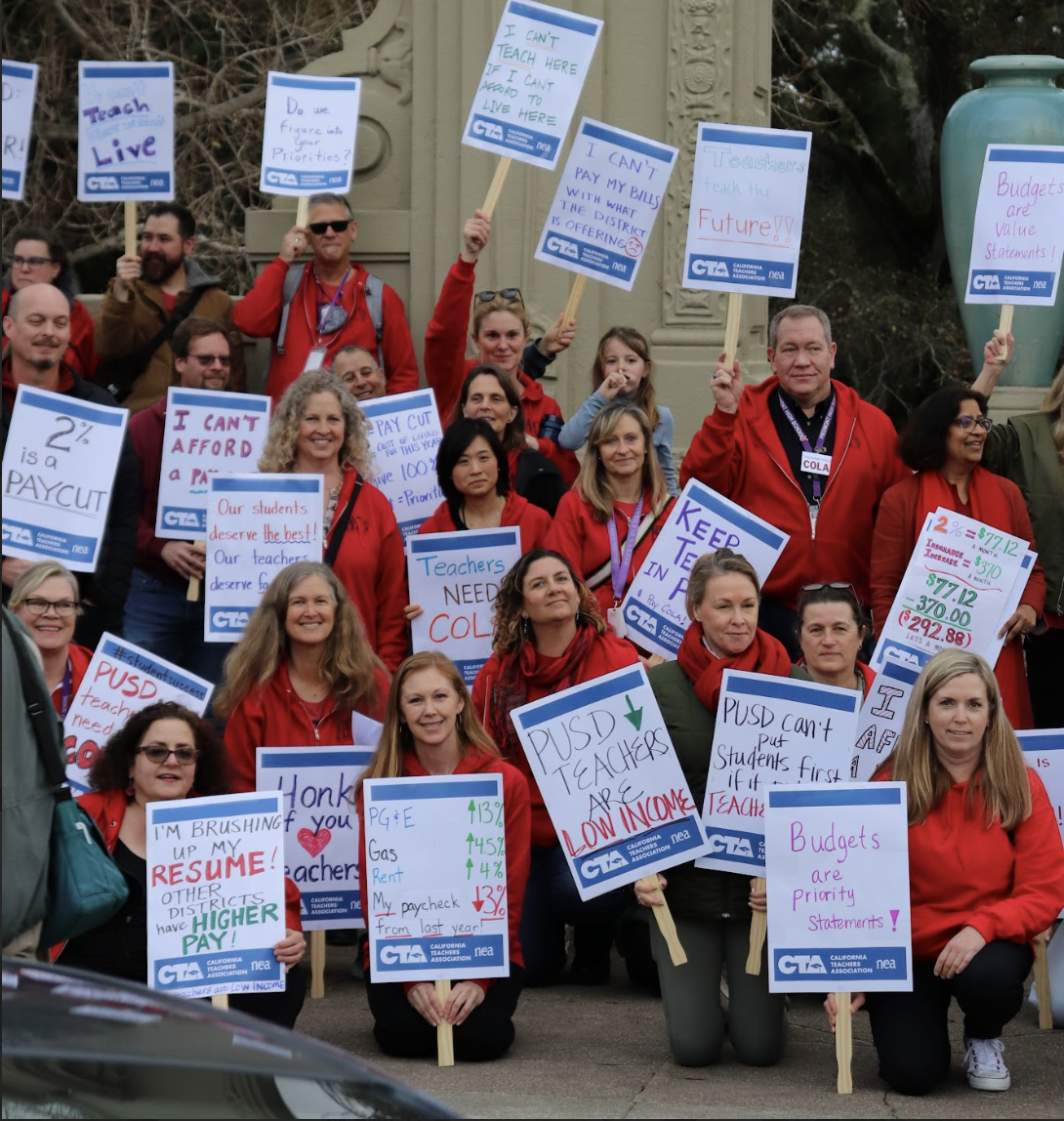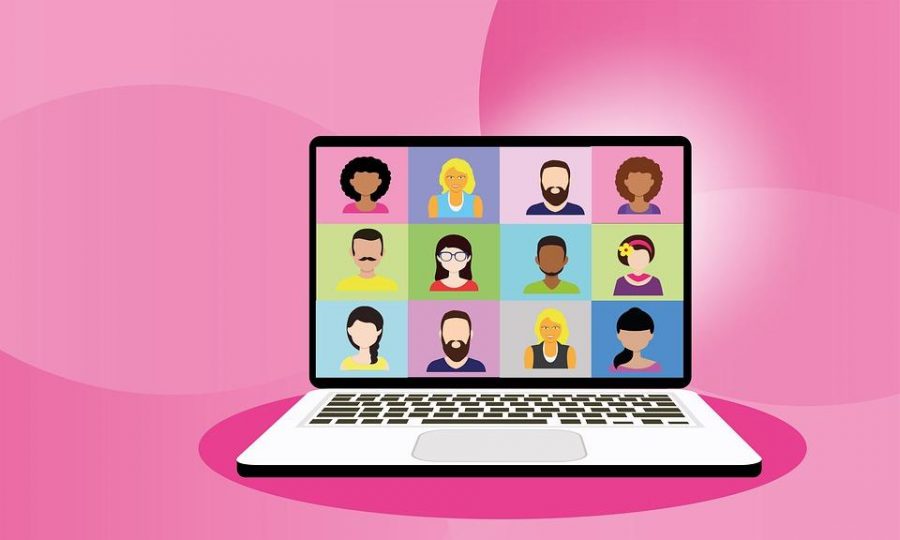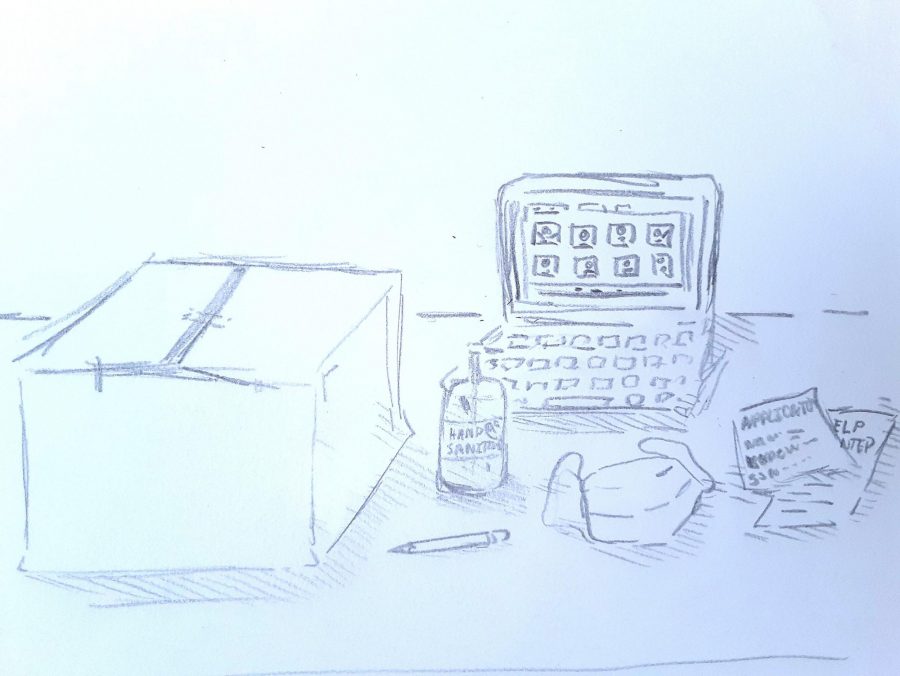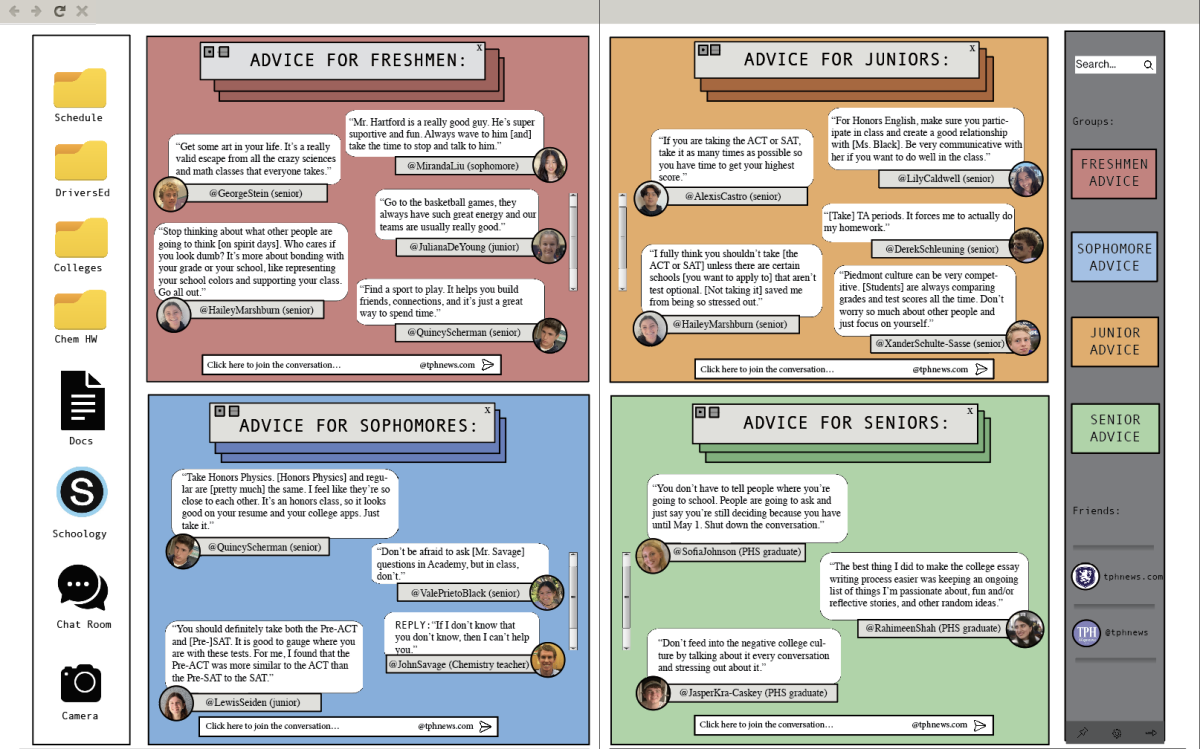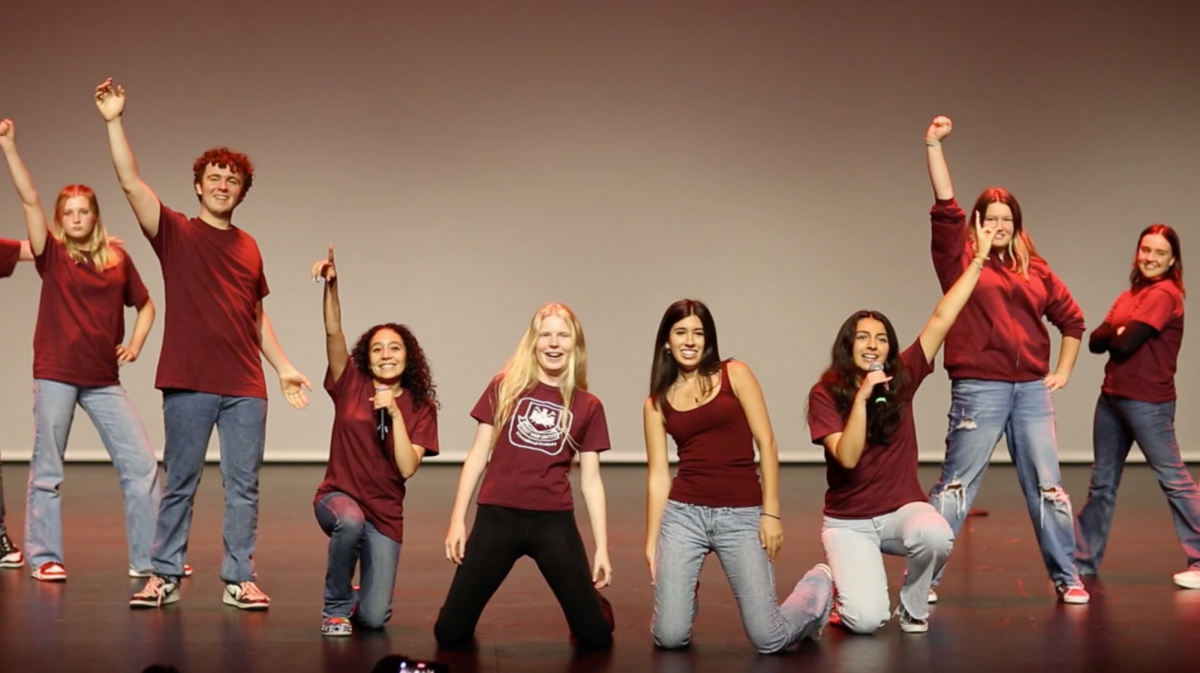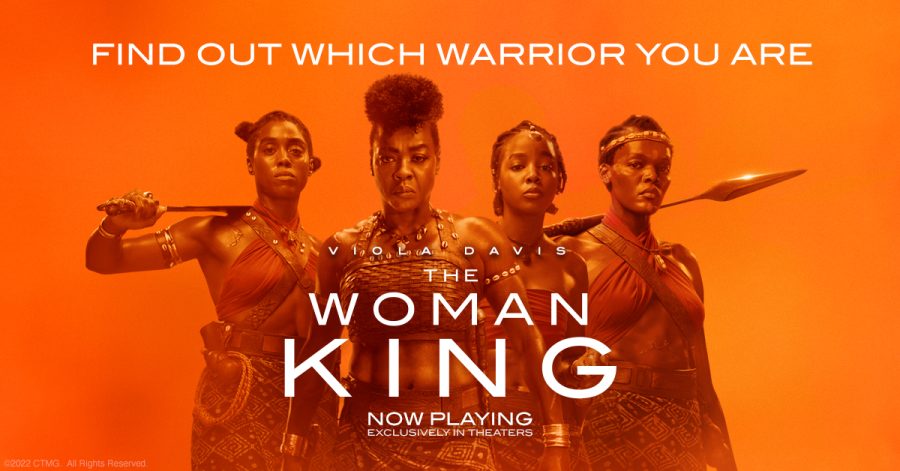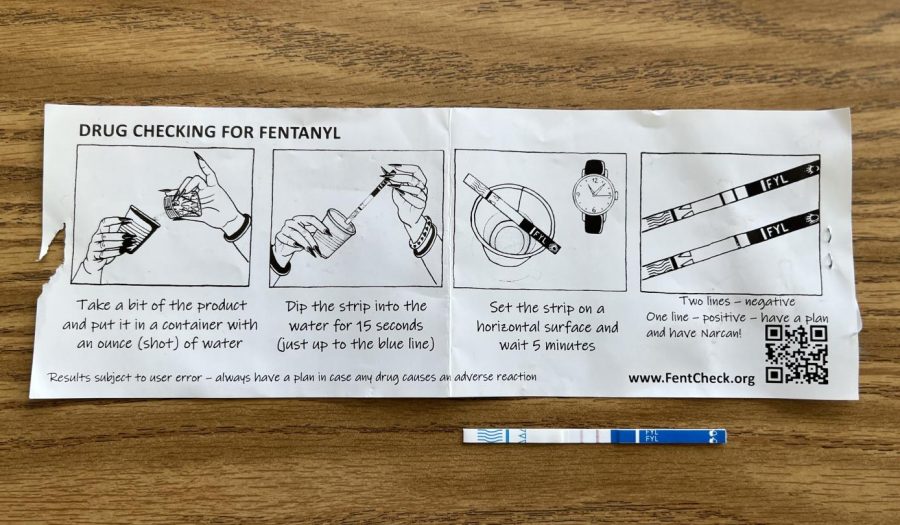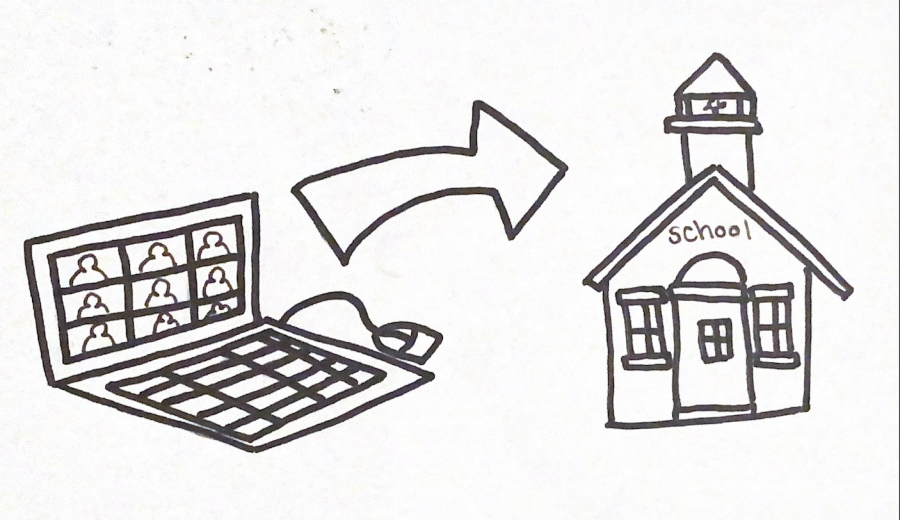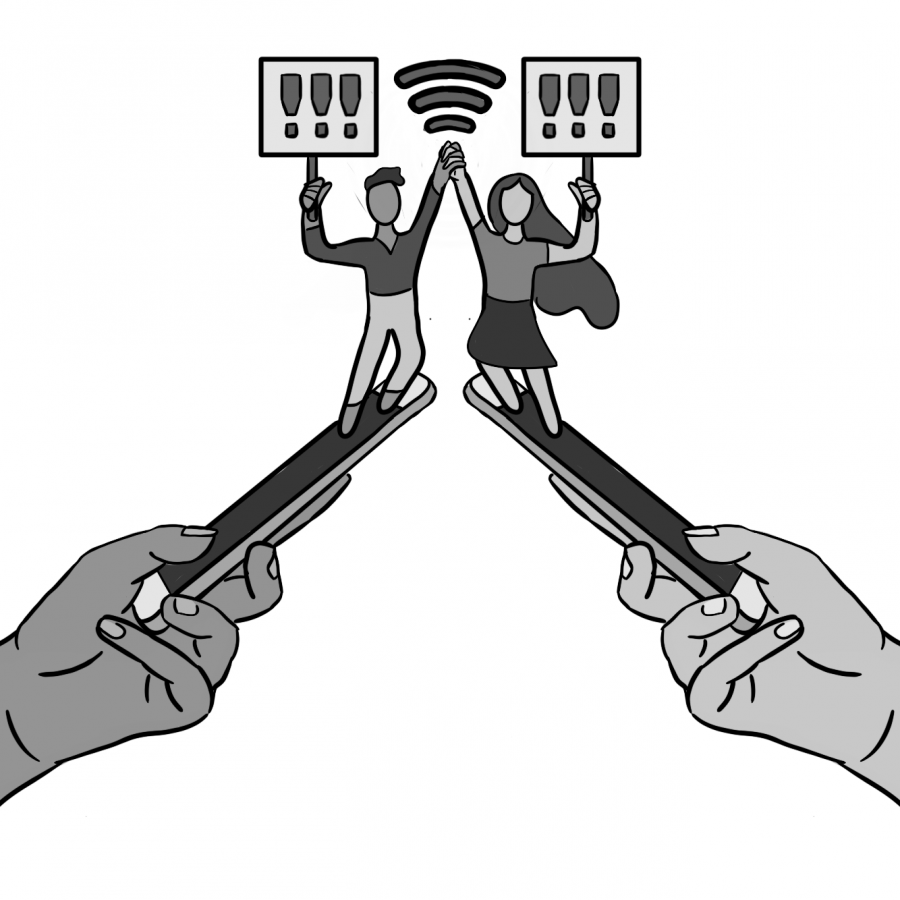“Now, of course, there’s the good, the bad and the ugly if you look at the way social networks are used,” said Associate Professor of the Department of Sociology at the University of Calgary, Michael Adorjan. “The technology is neutral, it’s about how you use it.”
However, it seems like when adults talk about social media and teens, the bad and the ugly are the only focuses.
“There’s a computer software I use to analyze my interviews and certainly there’s far more discussion about the negatives than the positives… [Social media] is not all bad,” Adorjan said.
These interviews reflect parents’ panic over cyber risks like stalking, cyberbullying, predators and online addiction, Adorjan said.
“Parents think [social media] takes up too much of their children’s time and that it’s changing children’s views on society,” freshman Patrick Selna said.
This is a trend seen throughout the ages. In the 1930s, parents worried that the radio would gain “an invincible hold over their children.” Again in the 1980s, philosopher Allan Bloom echoed general fears when he claimed the Walkman would make kids “throb with orgasmic rhythms.” Time-wasters and time-changers often scare older generations, who sometimes overlook the benefits of new technologies.
“In sociology we talk about moral panics in society related to young people. It seems silly now what would have caused a high degree of panic back then,” Adorjan said.
The most overwhelming positive impact is that teens can use social media just to connect, Adorjan said.
“It’s easy to access your friends and it’s easy to connect with people that might be living a long distance away,” Selna said.
As for the fear of internet addiction, Adorjan said it’s not the technology itself that teens might get addicted to.
“The most salient theme is the connection with others. When you look at this [focus group] discussion among young people, they go online because that’s the medium of connection,” Adorjan said. “One of the researchers said most teens aren’t addicted to social media, if anything, they’re addicted to each other.”
It also seems like the risks of technology, like online bullying or predators, are on the decline in the next generation of cyber natives, Adorjan said.
“The kids growing up today are using social media a lot more carefully than the previous generation who were introduced to Facebook and Twitter and whatnot when they were in junior high, which was very difficult to manage at the time,” Adorjan said. “But kids today are growing up a lot more aware of privacy settings, a lot more aware of how to manage audiences… These things have changed quite rapidly.”
Self-consciousness is another significant concern about social media’s impact on teens. One study by Common Sense Media showed that teens who are active online worry more about their bodies. However, it can also have the opposite effect.
For example, junior Marina Mosley said that she mainly uses social media to boost body positivity.
“I show my confidence on [social media], and other people see that I’m confident… and I feel good putting a cute picture of myself on [Snapchat],” Mosley said.
This feeling about social media is echoed in other studies.
“In one study, 80 percent [of the teens] identified that overall, social media made them feel good… and about half the sample identified that they almost never feel bad [because of social media],” Adorjan said.
The advent of “finstas,” or fake Instagram private accounts where teens usually post memes, funny pictures or opinions, can also take the pressure off of needing to have a perfect online presence.
“A finsta is good because you can take it less seriously,” senior Anna Schacker said. “There’s sort of a lot of pressure on your real Instagram to be really pretty… But with finstas you can goof off and not be too serious about what you’re doing.”
For others, platforms like Instagram can even help launch careers.
“I think [Instagram] is a good way to get yourself out there if you’re using it for an art account,” Schacker said. “If you use certain hashtags, anyone can see [your art], see what you’re doing. I feel like that was kind of a problem for artists in the past, it was hard to get publicized. It’s really hard to get in a gallery, but [using Instagram] is so easy.”
According to Pew Research, print media is on the decline. Despite this decrease, news on social media can be a more technologically advanced way to get teens educated on current events.
“I feel like a lot of people our age get news from [social media]… it’s a very easy and accessible way for teenagers to know what’s happening,” Schacker said.
No matter the positive or negative effects, the popularity of social media speaks to a greater, age-old human curiosity that’s only further engendered by it, Adorjan said.
“I’m reminded of this one quote from an adult observer writing about technology and the media who says, ‘We want to be watched, we expect to be watched, but also we expect to watch others,’”Adorjan said. “And that idea is something we see reproduced in how teens are using social media.”






